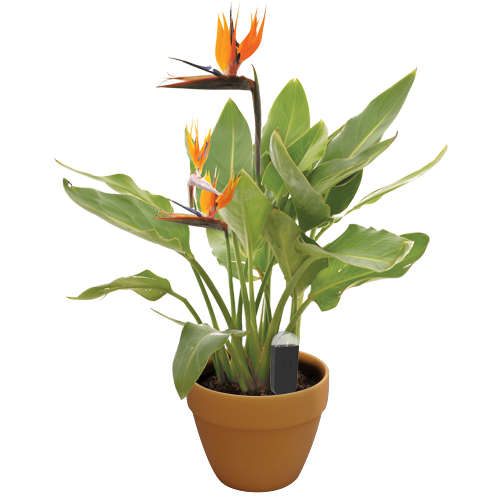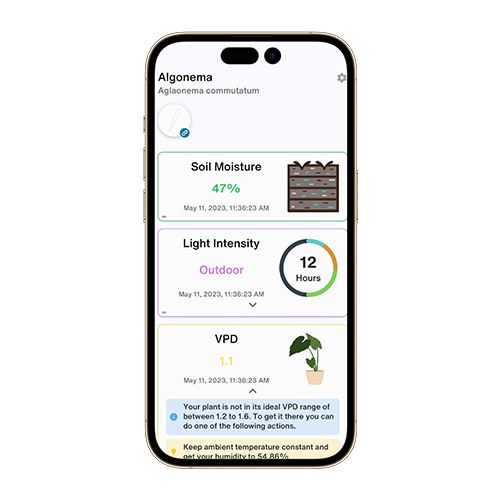Nolina texana
TAXONOMY
FamilyAsparagaceae
GenusNolina
Zone7
LEARN MORE
Plants of the World OnlineABOUT
Nolina texana, commonly known as Texas Sacahuista or Beargrass, is a perennial plant native to the desert and dry shrubland climates of the southwestern United States and northern Mexico. It belongs to the Asparagaceae family and the Nolina genus. This plant is well-adapted to arid environments and has a grass-like appearance with long, narrow leaves. It undergoes a dormancy period during the cooler months.
ALSO KNOWN AS
Beaucarnea texana
Nolina affinis
Nolina erumpens var. compacta
Nolina texana var. compacta
Nolina texana var. texana
Texas beargrass
OVERVIEW
VPDCalculate
WaterVery Dry
SoilSandy
LightDirect Bright (8 Hours)
Temperature25° C
Humidity30%
Dormancy3 Months
pH6.5
Pressure1,013 mbar
DETAILS
Care Instructions
Nolina texana thrives in bright, direct sunlight and prefers warm temperatures. It is well-suited to dry conditions and does not require frequent watering. The plant can tolerate low humidity levels and is best grown outdoors in a desert-like environment. It is a low-maintenance plant that does not require much attention.Soil
Nolina texana prefers sandy soil with excellent drainage. It is well-adapted to nutrient-poor soils and does not require rich or fertile soil. The soil should be allowed to dry out completely between waterings to mimic its natural desert habitat.Fertilizer
This plant does not require regular fertilization. If desired, a light application of a balanced fertilizer can be applied during the growing season, but it is generally not necessary.Repotting
Nolina texana can be repotted if necessary, but it is generally not required frequently. If repotting, choose a well-draining sandy soil mix and a pot with drainage holes. Repotting can be done in the spring before the growing season begins.Propagation
Propagation of Nolina texana can be done through seeds or by dividing the offsets that form at the base of the plant. The best time to propagate is during the spring or early summer when the plant is actively growing.Pruning
Pruning is not typically required for Nolina texana. However, any dead or damaged leaves can be removed to maintain the plant's appearance. Pruning should be done carefully to avoid damaging the plant.Toxicity
Nolina texana is not known to be toxic to pets or humans. It is generally considered safe to have around animals and people.REVOLUTIONIZE YOUR PLANT CARE
Make Every Plant Smart

Plant Monitor
STAYS IN YOUR PLANT
Accurately measures the core metrics of your plant – soil moisture, light, temperature and humidity - as well as compound metrics such as Vapor Pressure Deficit (VPD) and Growing Degree Days (GDD).
Shop Now
